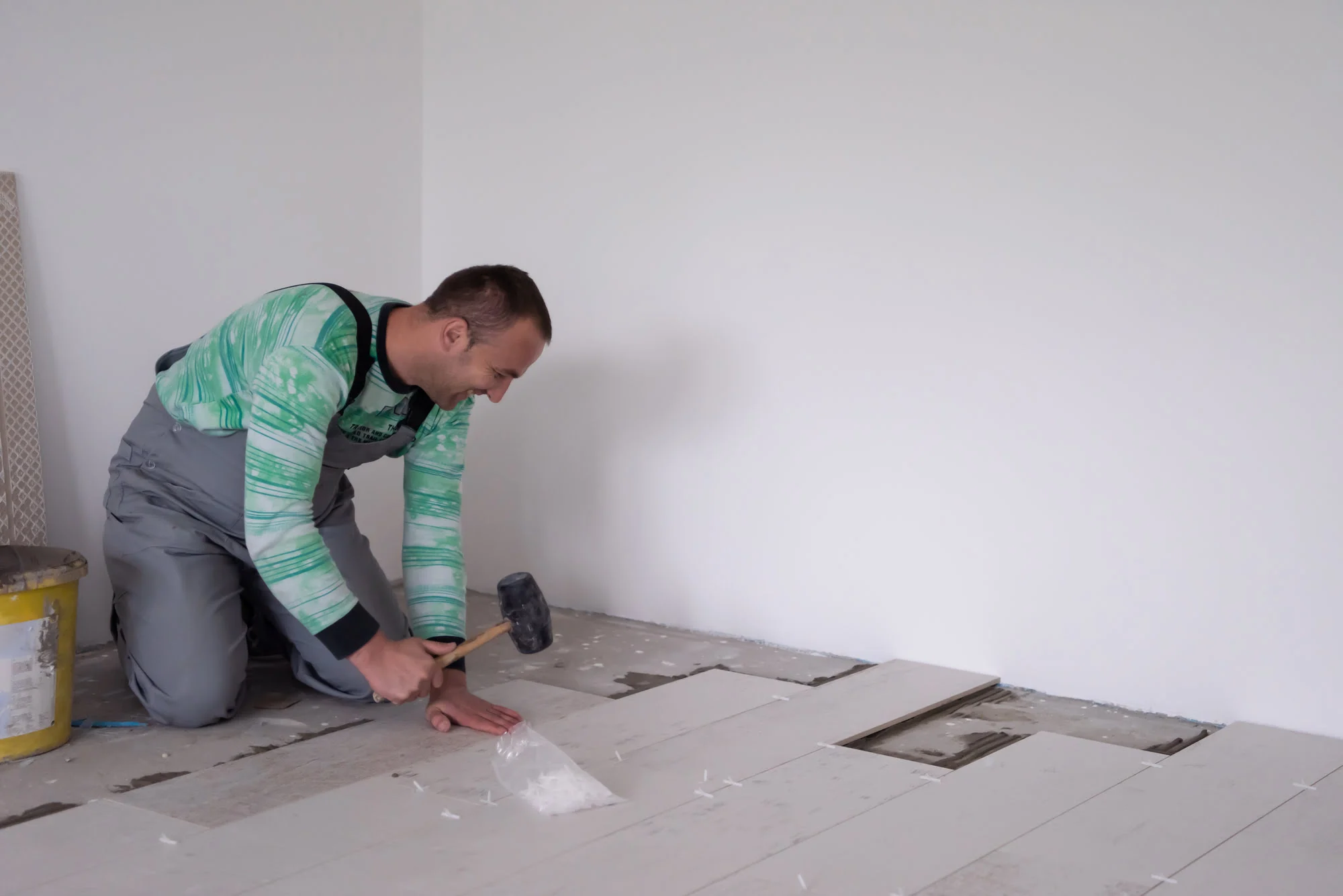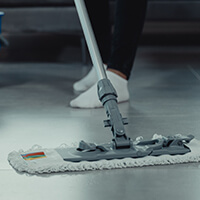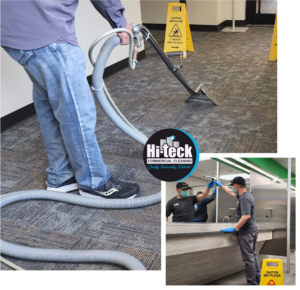Stripping hardwood floors can rejuvenate old, worn-out floors and bring them back to life, revealing their beautiful, natural wood grain beneath years of wear and old finish.
This guide will walk you through the entire process, from preparing the room to applying the final sanding touches, ensuring your hardwood floors look their best.
Key Takeaways:
- Stripping wood floors is an important part of restoring hardwood floors to their former glory and giving your home a fresh new look.
- Proper preparation and patience are critical in the hardwood stripping process.
Table of Contents
How to Strip Wood Floors
If you’re wondering, “How do you strip hardwood floors?”, then this step-by-step guide will prove helpful.
Step 1: Preparing the Room
Clear the Area
Begin by removing all furniture, rugs, and any movable objects from the room. This not only frees up space for you to work but also protects your belongings from dust and chemical spills.
Protect Yourself and the Environment
Ensure good ventilation by opening windows and using fans. Wear protective gear such as gloves, goggles, and a respirator mask to protect yourself from chemical strippers and dust.
Prepare the Floors
Vacuum the floor thoroughly to remove all dust and debris. Look for any protruding nails or deep scratches and repair these issues beforehand.
Mask the Area
Use painter’s tape to protect baseboards, trim, and fixtures from stripper and sanding debris. Cover vents and doorways with plastic sheeting to prevent the spread of dust and chemicals to other areas of your home.
Step 2: Stripping the Finish
Choose Your Stripper
Select a chemical or organic stripper suitable for hardwood floors. Read and follow the manufacturer’s instructions carefully.
Apply the Stripper
Using a roller or sprayer, apply a generous layer of stripper to the floor. Work in manageable sections to maintain control over the application. Allow the stripper to sit on the floor as per the product instructions.
Remove the Old Finish
After the stripper has set, use a scraper designed for hardwood floors to remove the softened finish. For tough spots, a second application of stripper might be necessary.
Clean Up
Once the finish is removed, vacuum the floor to remove any residual stripper. Allow the floor to dry completely, which may take several hours or overnight.
Step 3: Sanding the Floor
Sanding Equipment
Use a drum sander or an orbital sander for larger areas and an edge sander for corners and edges. Use coarse-grit sandpaper to start, followed by medium, and finish with fine-grit sandpaper to smooth the surface.
Sand the Main Area
Begin sanding with the coarse-grit paper to remove any remaining old finish and to level the floor. Always sand in the direction of the wood grain and keep the sander moving to avoid gouging the wood. Vacuum dust frequently.
Detail Sanding
Switch to a handheld sander for the edges and corners where the large sander cannot reach. Repeat the grit progression until these areas match the smoothness of the rest of the floor.
Final Clean
After the final sanding, thoroughly vacuum the floor and wipe it down with a tack cloth to remove all traces of dust.
Contact Hi-Teck Commercial Cleaning for Quality Floor Cleaning Services
For quality and reliable floor cleaning services, contact Hi-Teck Commercial Cleaning. Our variety of floor care services ensures that your floors stay spotless and look their best all year. Contact us today to get a free quote.





